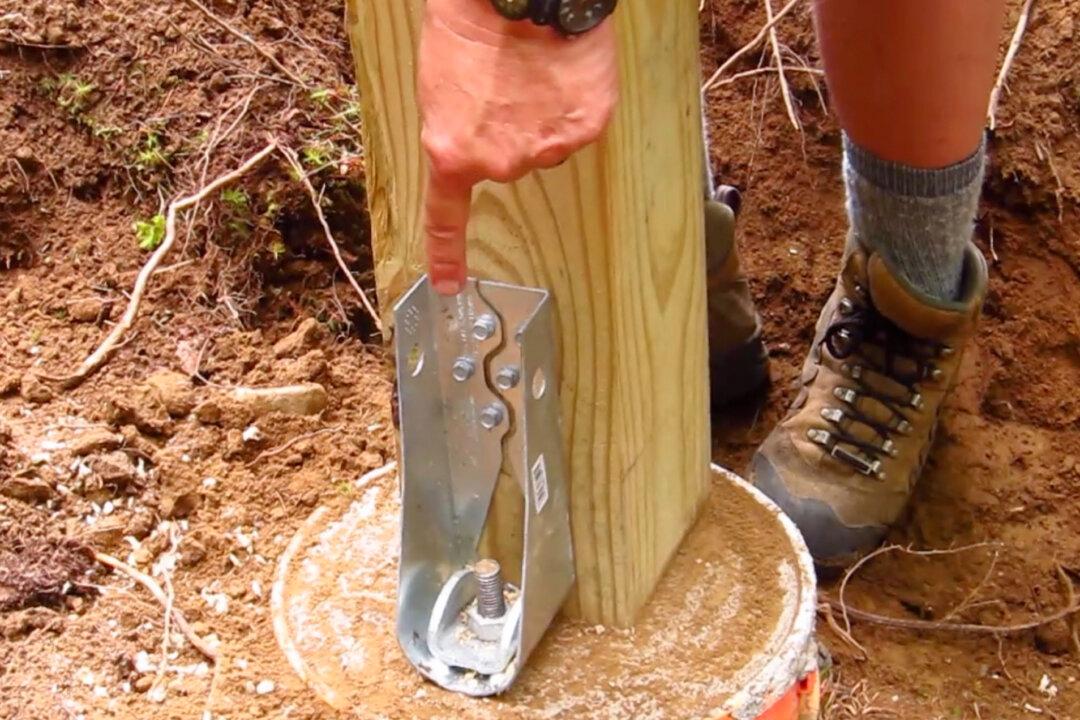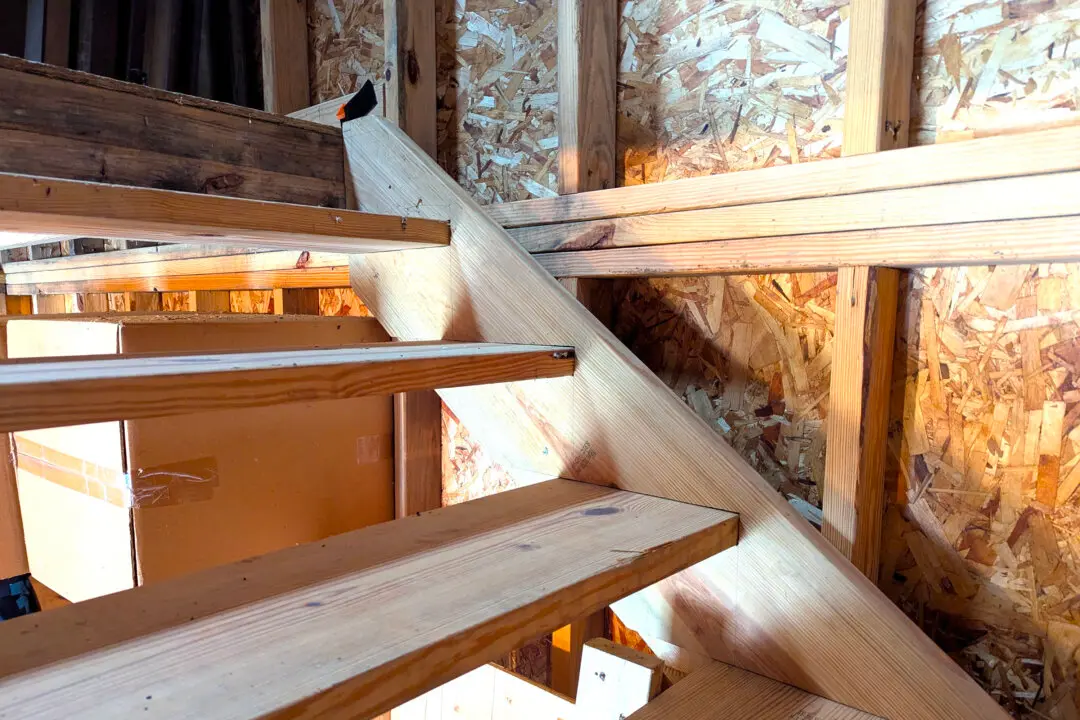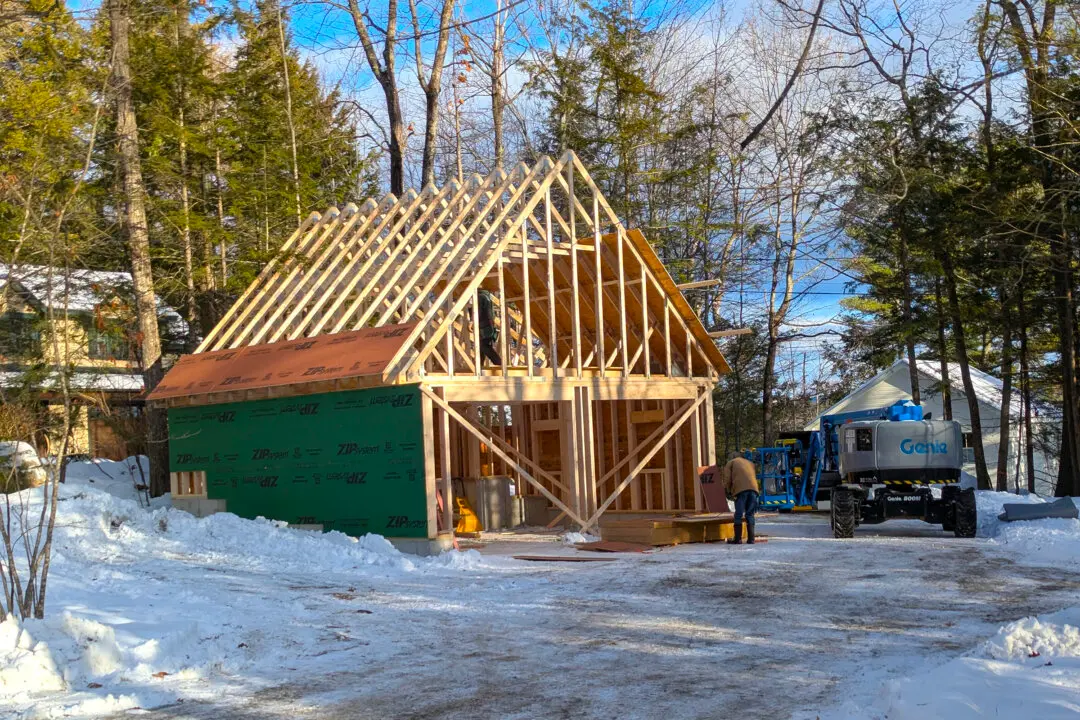I live in rural New Hampshire. When I drive to town, I pass by a house that has a very tall outdoor shed. Every now and then, impressive nor’easters lash us with high winds and rain. We also get our fair share of powerful gales.
After one of these storms hit, I always wonder if the shed is going to be on its side or maybe in the neighbor’s side yard. I say this because I’ve been blown over before carrying a piece of plywood on a windy day.





